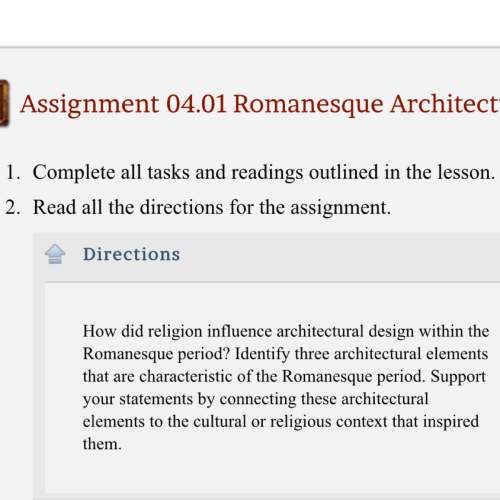
Did you know that the quickest and easiest way to tune your instrument is by listening to the Interval between each string? You have all observed me tune at least a dozen instruments at the beginning of every class, and I really make it look easy. It’s only partly because I am so Talented and good looking, with a little training and practice it is easy!
When I am tuning I have a good idea if the strings are close to intune or not. I have a ‘reference’ pitch which I have memorized, that I use as a starting point. From there I compare the other strings, making adjustments until the Interval between them sounds right. The reference Pitch can be any string, but I like to use the lowest or highest String to start from. Even if your reference pitch is not perfectly accurate, you can still ‘Temper’ your instrument, which means it will be in tune with itself. You might not be tune to A-440, like most of the world, but you will at least be able to practise!
As we started Ear Training by listening to, playing, and recognizing the Intervals in the Major Scale, we learned a few ‘tricks’ to help us determine the sound of a particular Interval. For example the Major 6th is clearly heard with the Call Letters of ‘NBC’ (Boh!). So by using a familiar melody, we can recognize an interval quite easily. We also learned that the Perfect 4th sounds like “here comes the bride”(oy), and a Perfect 5th sounds like “twinkle twinkle”.
The strings of the BASS and most of the strings on the GUITAR are tuned to Perfect 4ths, the second and third-string on the Guitar are a Major 3rd away, and that can be recognized with “Doe, a Deer”.
The strings of the VIOLIN, VIOLA, and CELLO, are tuned to Perfect 5ths which should sound like “Twinkle, Twinkle”
This kind of brings us back to our first lessons in Music Literacy, when we determined the position of the open strings on the Staff. There you can SEE the Intervals you’ve been trained to HEAR.
Many of you have purchased clip-on Tuners that FEEL the vibration of the string, and they work great as long as you are relatively close to the Pitches you want, otherwise they can be very tricky. We will discuss some tricks that will help you get better at all methods of tuning in subsequent lessons, but for now let’s use our ears!
On the following page are a few questions on the information we just shared, please read through the Information again, and reference it in answering the questions as accurately as possible, you will get a 100 for this regardless. Only you can keep it real!
FROM THE FOLLOWING BANK OF TERMS, PLACE THE CAPITOL LETTER OF THE STATEMENT WHICH BEST MATCHES.
A. Perfect 4th B. Tempered C. Major 3rd D. Perfect 5th E. A=400
1. “Doe, a Deer 1.
2. International Standard pitch 2.
3.”Here comes the Bride” 3. (oy)
4.” Twinkle, Twinkle” 4.
5. Tuned to itself. 5.

Answers: 3


Another question on Arts

Arts, 22.06.2019 06:30
Sometimes meters contain groups of beats. a meter of 5/8 may have groups of 3 + 2 or 2 + 3. a. true b. false
Answers: 1

Arts, 22.06.2019 08:00
Does anyone know how to balance two online classes at once when the deadline is may 10th?
Answers: 2

Arts, 23.06.2019 12:30
How did brunelleschi solve his problem with the dome of the florence cathedral? a. he created an outer support shell. b. he created many layers of support within the dome. c. he created external supports for the dome. d. all of the above
Answers: 1

You know the right answer?
Did you know that the quickest and easiest way to tune your instrument is by listening to the Interv...
Questions

Social Studies, 14.12.2020 21:00

Social Studies, 14.12.2020 21:00

Chemistry, 14.12.2020 21:00

Mathematics, 14.12.2020 21:00

Mathematics, 14.12.2020 21:00

Mathematics, 14.12.2020 21:00

Mathematics, 14.12.2020 21:00


Mathematics, 14.12.2020 21:00




Mathematics, 14.12.2020 21:00

Computers and Technology, 14.12.2020 21:00









